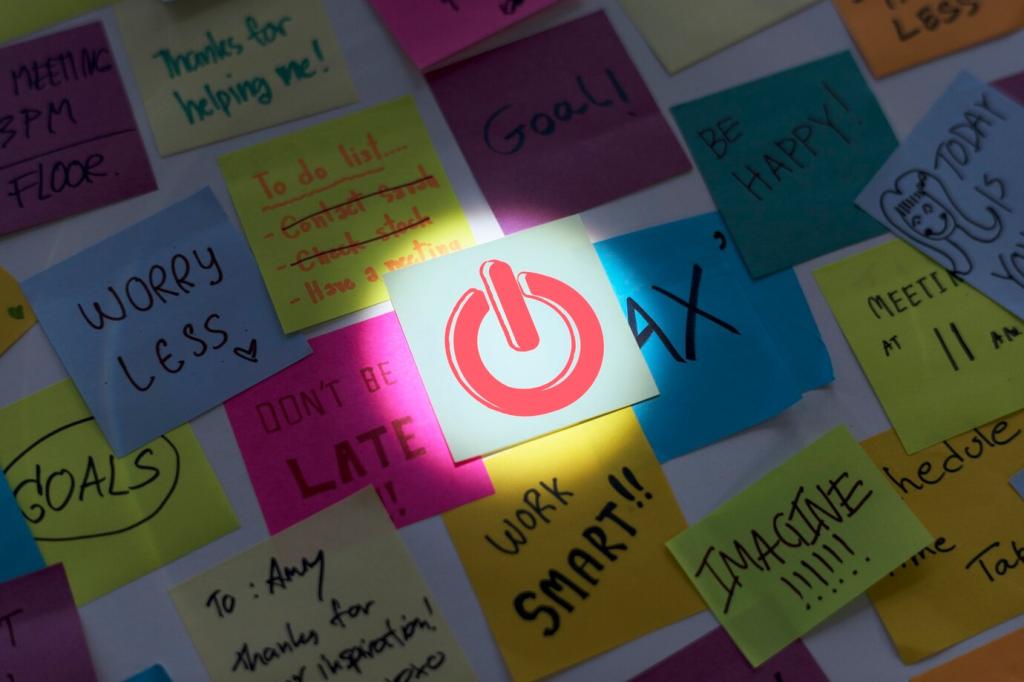Clear Copy, Friendly Tone
Replace vague labels with actionable verbs and expected results. “Continue” becomes “Create your account,” and “Skip” becomes “I’ll set this up later.” Every phrase should answer, “What happens next?” Drop a line you’d improve, and we’ll brainstorm together.
Clear Copy, Friendly Tone
If a term requires an explanation, consider a simpler alternative or a brief inline hint. Trust grows when language feels familiar. Invite users to explore, not decode. What jargon could your onboarding replace with clearer, everyday words?








